When your car hits a bump and the ride suddenly feels more like a jolt, it’s often a sign that the suspension system needs attention. Suspension repair is crucial for maintaining a smooth, safe driving experience, but just how much should you expect to spend when your vehicle’s shocks, struts, or other components start to wear out? Whether you’re a seasoned mechanic or a first-time car owner, understanding the typical costs—and what factors influence them—can help you navigate repairs with confidence. In this article, we’ll break down the essentials of suspension repair costs, so you can hit the road with peace of mind and a well-balanced budget.
Table of Contents
- Understanding Suspension Systems and Common Issues
- Factors Influencing Suspension Repair Costs
- Breaking Down Expenses for Parts and Labor
- Signs You Need Suspension Repairs Sooner Rather Than Later
- Choosing Between DIY Fixes and Professional Service
- Tips for Saving Money on Suspension Maintenance and Repairs
- Q&A
- Closing Remarks
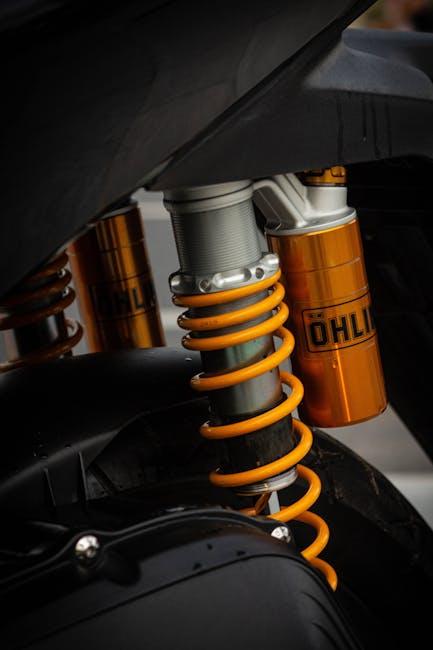
Understanding Suspension Systems and Common Issues
The suspension system acts as the unsung hero of your vehicle, quietly absorbing shocks and ensuring a smooth ride over uneven terrain. Comprised of components like springs, shock absorbers, struts, and control arms, it works harmoniously to stabilize your car, maintain tire contact, and enhance overall handling. However, due to constant wear and tear, these parts can suffer from issues such as leaks in shock absorbers, sagging springs, or broken bushings, each compromising performance and safety.
Common problems you might encounter include:
- Excessive bouncing or swaying during turns
- Unusual noises such as clunking or squeaking
- Uneven tire wear patterns
- Visible fluid leaks near shock absorbers
| Component | Typical Issue | Symptoms |
|---|---|---|
| Shock Absorbers | Fluid leak, wear | Bumpy ride, noise |
| Springs | Sagging, breaking | Car sits unevenly |
| Control Arms | Worn bushings | Steering instability |
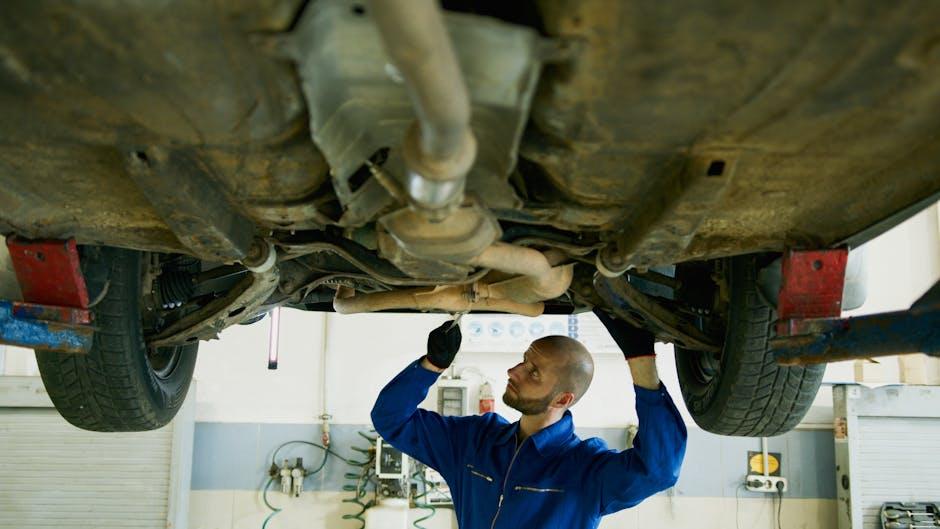
Factors Influencing Suspension Repair Costs
The cost of suspension repairs can vary significantly depending on several key elements. One of the primary factors is the type of vehicle you’re driving. Luxury cars and trucks with advanced suspension systems often require specialized parts and labor, which can drive prices higher compared to standard models. Additionally, the specific component that needs repair—whether it’s shocks, struts, springs, or control arms—directly impacts the cost. Some parts are more expensive and intricate to replace, while others might be simpler but require more frequent maintenance.
Another major influence is the extent of the damage. Minor wear and tear might only require a quick part replacement, but severe issues such as a broken coil spring or damaged control arm may mean a complete suspension overhaul. Labor costs can also fluctuate based on location and the mechanic’s expertise. Furthermore, the quality of replacement parts plays a role—opting for OEM parts versus aftermarket components can lead to notable differences in the final bill. Below is a concise overview of typical cost factors:
| Factor | Impact on Cost |
|---|---|
| Vehicle Make & Model | Low to High depending on complexity |
| Parts Needed | Varies by component type |
| Damage Severity | Minor repairs to full replacements |
| Labor Rates | Regional differences and expertise |
| Replacement Part Quality | OEM vs. Aftermarket options |
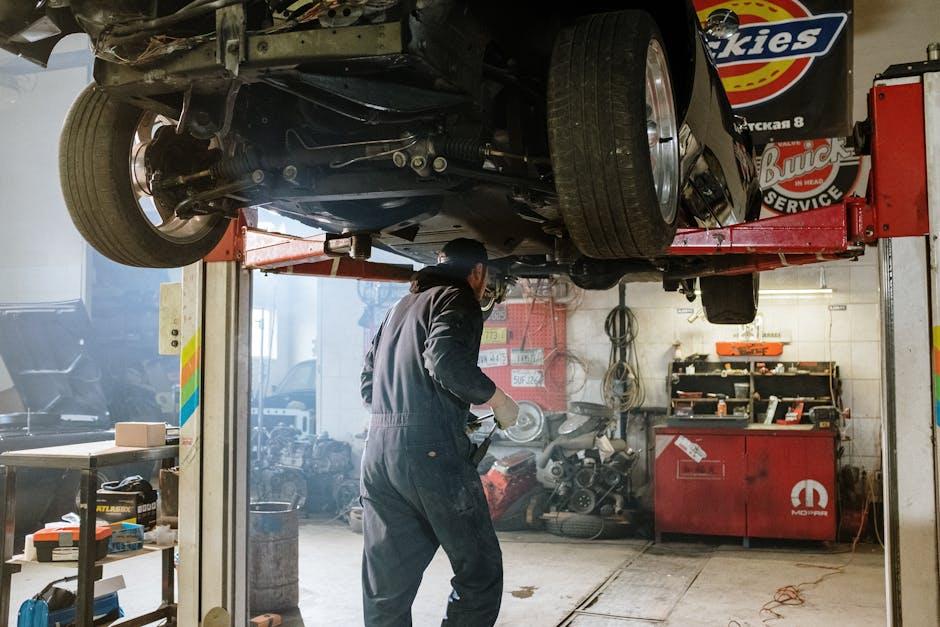
Breaking Down Expenses for Parts and Labor
When budgeting for suspension repairs, it’s essential to distinguish between parts and labor costs, as both significantly influence the final bill. Parts expenses can vary widely depending on the component needing replacement—ranging from shock absorbers and struts to bushings and control arms. For example, high-quality OEM parts often command a premium price, while aftermarket options might be more affordable but vary in durability. Below is a snapshot of common suspension parts and their average price range:
| Suspension Part | Average Cost |
|---|---|
| Shock Absorber | $50 – $200 |
| Control Arm | $100 – $300 |
| Strut | $120 – $400 |
| Ball Joint | $20 – $100 |
Labor costs will fluctuate based on the complexity of the repair and the shop’s hourly rate, typically ranging from $75 to $150 per hour. More intricate repairs, such as replacing multiple components or addressing alignment issues post-repair, naturally increase labor time and cost. Factors impacting labor include:
- Vehicle make and model – luxury models often require specialized tools and extended service time.
- Location of the repair shop – urban shops might charge more than those in less populated areas.
- Additional services – such as wheel alignment or suspension calibration after parts replacement.
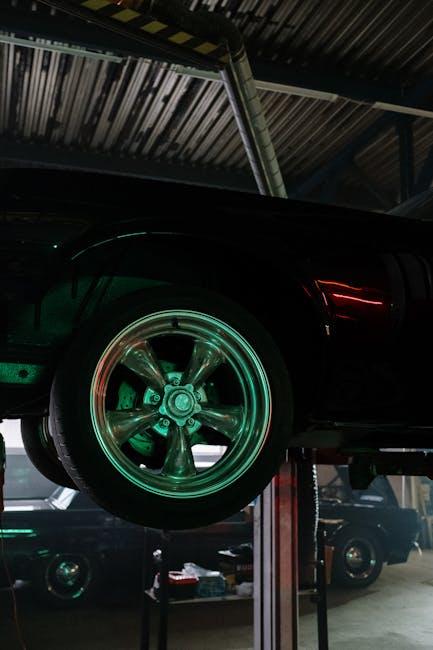
Signs You Need Suspension Repairs Sooner Rather Than Later
Ignoring the early warning signs of a failing suspension system can quickly lead to more expensive repairs and compromised safety. If you notice unusual noises like clunking or squeaking when driving over bumps, it’s a clear hint that components such as shock absorbers or struts might be wearing out. Additionally, if your vehicle feels unstable around corners or the steering feels less responsive, these are classic indicators that the suspension system is struggling to maintain proper control and alignment.
Other subtle clues include uneven tire wear, which often signals that the suspension isn’t distributing weight correctly, and a noticeably rough or bouncy ride, which means the shocks or struts aren’t absorbing impacts efficiently. Addressing these issues promptly not only enhances your driving comfort but also extends the lifespan of related parts, preventing a domino effect of costly repairs later on.
| Symptom | Possible Cause | Urgency |
|---|---|---|
| Uneven Tire Wear | Misaligned Suspension | High |
| Bouncy Ride | Worn Shocks/Struts | Medium |
| Clunking Noises | Damaged Bushings or Joints | High |
| Steering Vibration | Suspension Imbalance | Medium |

Choosing Between DIY Fixes and Professional Service
When faced with suspension issues, the decision to tackle repairs yourself or seek professional help hinges on several factors. DIY fixes may seem appealing due to lower labor costs and the satisfaction of hands-on work; however, they require a solid understanding of automotive systems, proper tools, and a safe workspace. Minor tasks like replacing shock absorbers or inspecting bushings can often be attempted by confident hobbyists, but even these jobs carry risks if not done correctly, potentially leading to further damage or safety hazards.
On the other hand, professional service brings expertise, precise diagnostics, and access to quality parts that ensure a reliable and long-lasting repair. Professionals also provide warranties that protect against future issues, adding peace of mind. To help decide, consider the following:
- Complexity: Is the repair straightforward or does it involve system recalibration?
- Tools and Equipment: Do you have the necessary tools or need to invest in them?
- Safety: Are you confident working under the vehicle and handling suspension components?
- Time: How quickly do you need the repair completed?
| Factor | DIY Fix | Professional Service |
|---|---|---|
| Cost | Lower (Parts only) | Higher (Labor + Parts) |
| Time Investment | Variable (May take hours/days) | Usually quicker (Hours) |
| Expertise Required | Moderate to High | High (Certified technicians) |
| Safety Risk | Moderate to High | Low |
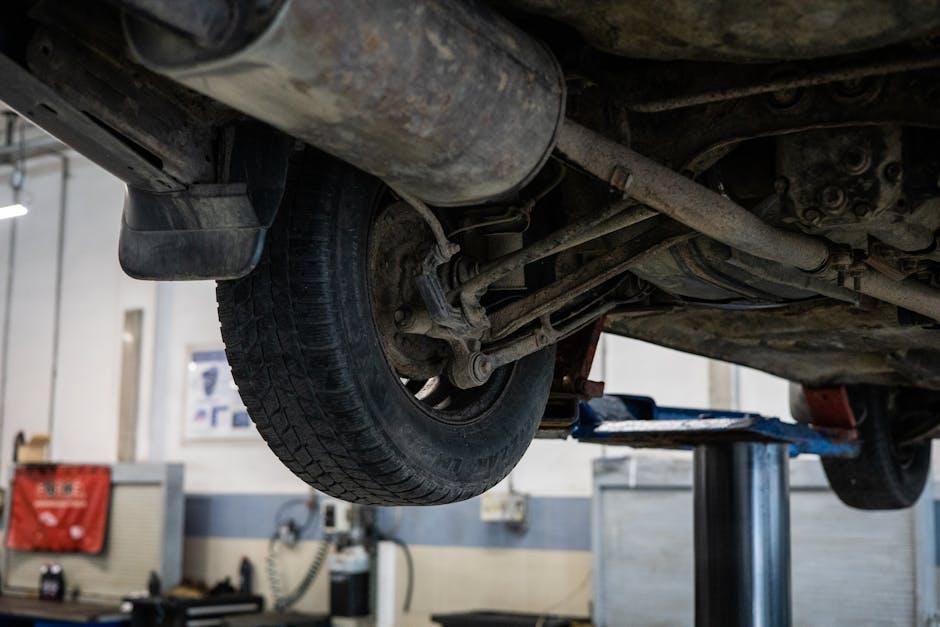
Tips for Saving Money on Suspension Maintenance and Repairs
Keeping suspension repairs manageable on your budget starts with proactive maintenance. Regularly inspecting components like shocks, struts, and bushings can help catch wear before it turns into costly damage. Don’t underestimate the power of simple habits such as avoiding rough terrain when possible and steering clear of potholes — these small changes can significantly extend the lifespan of suspension parts. Additionally, sticky situations often arise when repairs are delayed, so scheduling inspections at the first sign of uneven tire wear or unusual vehicle swaying can save you from more expensive fixes down the line.
Another smart strategy is knowing when and where to source replacement parts. Opting for high-quality aftermarket components instead of original equipment manufacturer (OEM) parts offers a balance between durability and cost-effectiveness. Partner this with trusted local mechanics, who often charge less than dealership service centers, and you get a winning combination for reducing expenses. Below is a quick reference table to guide you on typical price ranges and repair options:
| Repair Type | Average Cost Range | Cost-Saving Tip |
|---|---|---|
| Shock/Strut Replacement | $200 – $600 | Replace in pairs for longevity |
| Ball Joint Repair | $150 – $400 | Use durable aftermarket parts |
| Control Arm Repair | $300 – $700 | Inspect bushings regularly |
Q&A
Q&A: How Much Does Suspension Repair Cost?
Q: What is suspension repair, and why might I need it?
A: Suspension repair involves fixing or replacing parts of your vehicle’s suspension system, which keeps your ride smooth and controls handling. If you notice uneven tire wear, a bumpy ride, or your car pulling to one side, it might be time for a suspension checkup.
Q: What factors influence the cost of suspension repair?
A: Several elements affect the price, including the make and model of your vehicle, the extent of damage, which components need replacement (shocks, struts, springs, control arms), and labor costs at your repair shop.
Q: On average, how much does suspension repair cost?
A: Expect to pay anywhere from $300 to $1,200 for typical repairs. Minor fixes like replacing shocks or struts usually fall between $300 and $700, while more extensive repairs can push past $1,000.
Q: Can I just replace one part of the suspension, or should I consider a full overhaul?
A: It depends on the wear and damage. Sometimes swapping out one broken component suffices, but suspension parts often wear together. Mechanics may recommend replacing pairs (both front or both rear shocks) for optimal performance and longevity.
Q: Is it worth repairing suspension issues immediately?
A: Yes. Delaying repairs can worsen other parts of your car, affect safety, and lead to costlier repairs down the road. Smooth, stable handling is crucial for safe driving.
Q: Are there any signs I can watch for that indicate suspension trouble?
A: Definitely. Listen for clunking noises, feel for excessive bouncing, notice if the vehicle sways or leans during turns, or see if the tires wear unevenly. Any of these symptoms warrant a professional inspection.
Q: Can I save money by repairing suspension myself?
A: While DIY repairs might cut labor costs, suspension work can be complex and dangerous if done incorrectly. It’s usually best left to qualified mechanics with the right tools and expertise.
Q: How often should I have my suspension checked?
A: Regular inspections during routine maintenance (around every 30,000 miles) help catch issues early. However, if you experience any symptoms, get it checked immediately.
Q: Will suspension repair affect my vehicle’s resale value?
A: Absolutely. A well-maintained suspension reflects good overall vehicle care, which can boost resale value. Conversely, neglected suspension issues can deter buyers or lower offers.
Q: Can suspension upgrades be a good investment?
A: If you’re looking for improved handling or ride comfort, upgrading to higher-quality or performance suspension components can be worthwhile—but these upgrades often carry higher upfront costs.
Considering suspension repair? Budget smart, stay informed, and prioritize safety to keep your driving smooth and secure.
Closing Remarks
In the end, understanding the cost of suspension repair is about more than just numbers—it’s about investing in the safety and comfort of every journey you take. While prices may vary depending on the extent of the damage and the type of vehicle, staying informed helps you make smarter decisions when the time for repair comes. After all, a smooth ride isn’t just a luxury; it’s a crucial part of keeping you reliably on the road. Keep this guide in your glove box, and drive with confidence knowing you’re prepared for whatever bumps may lie ahead.
